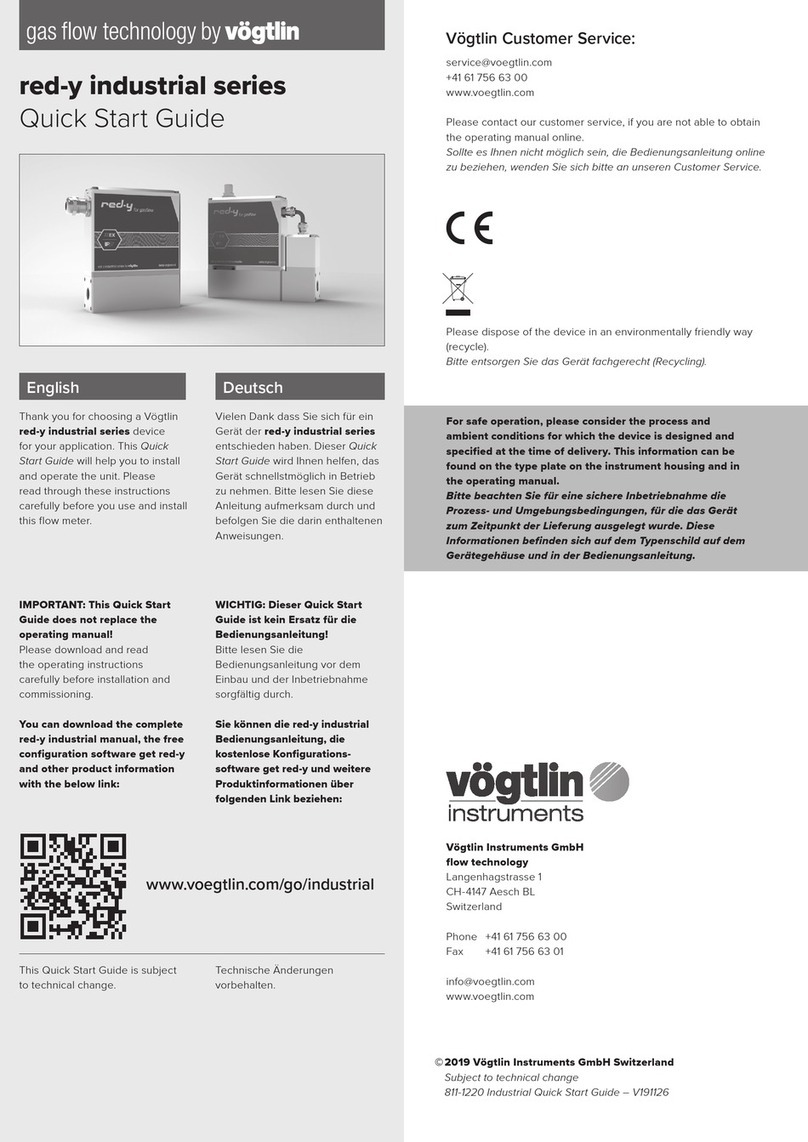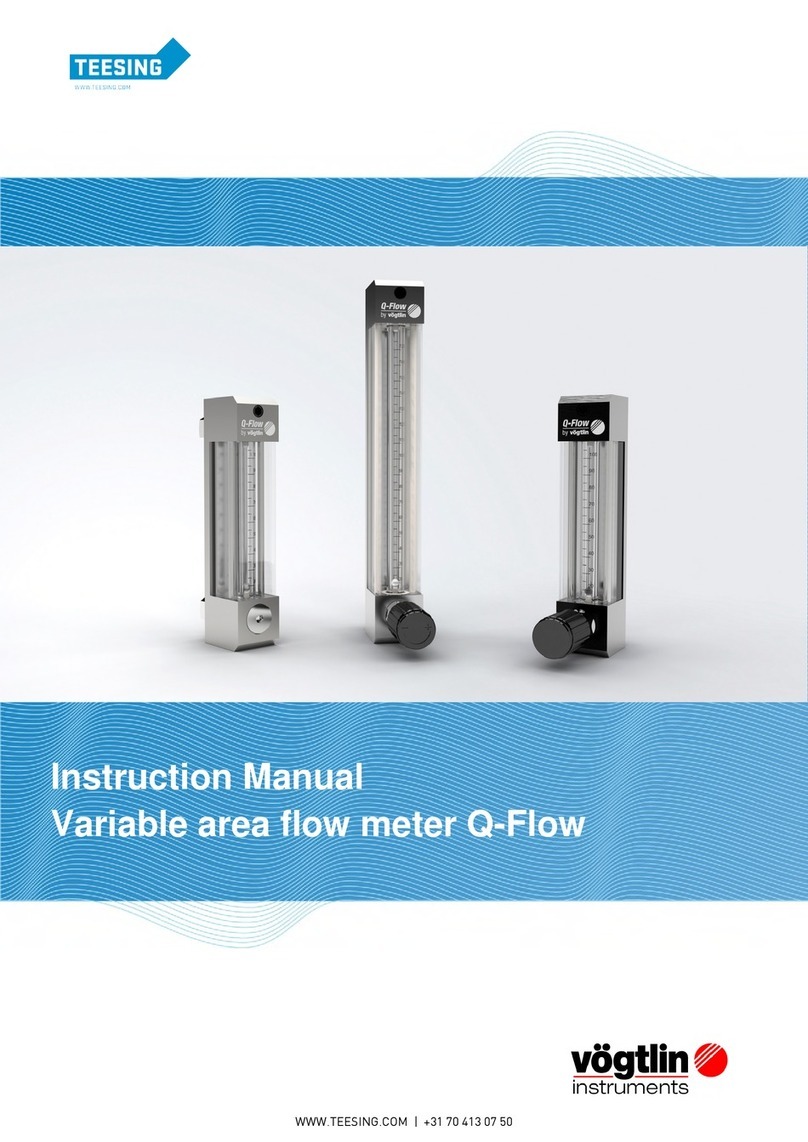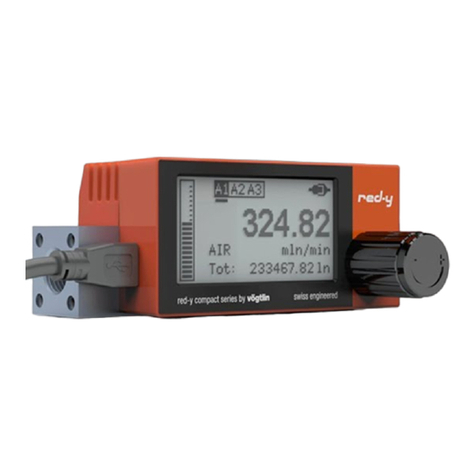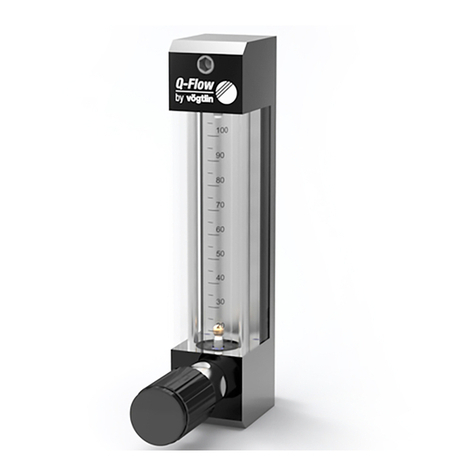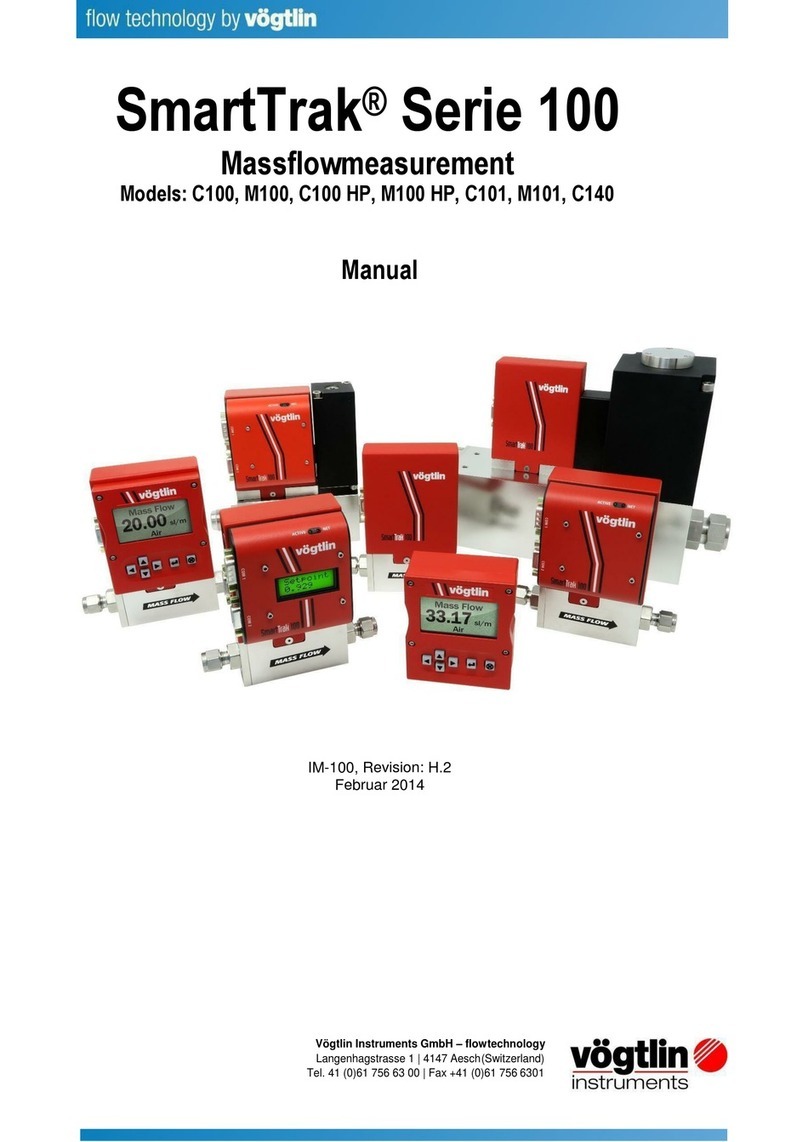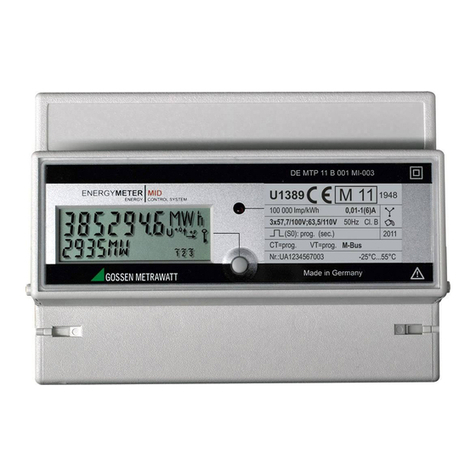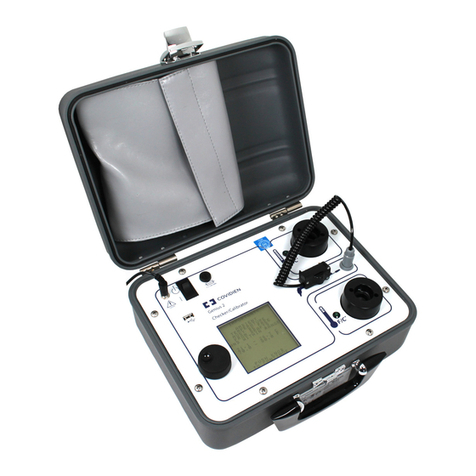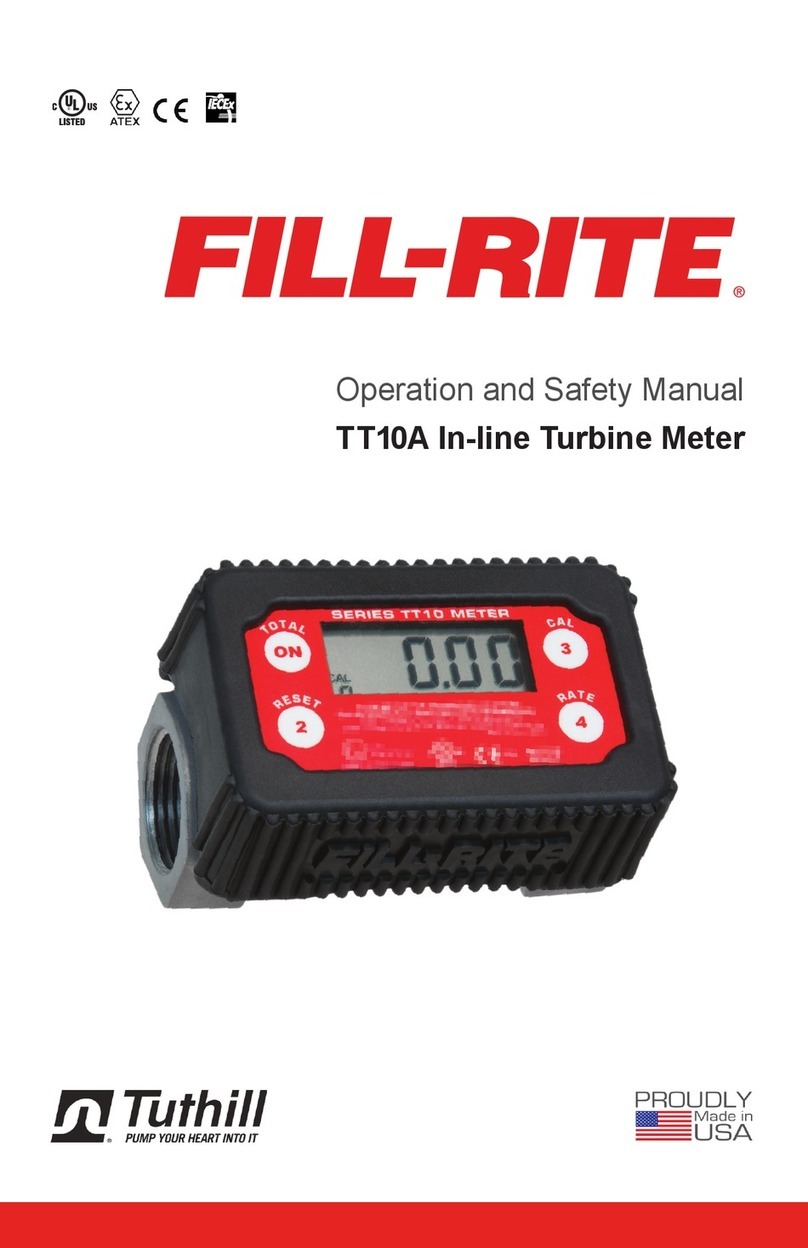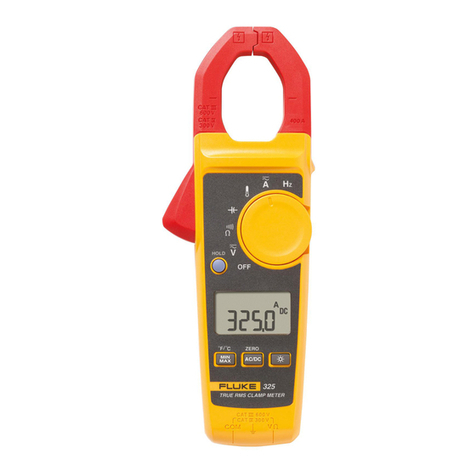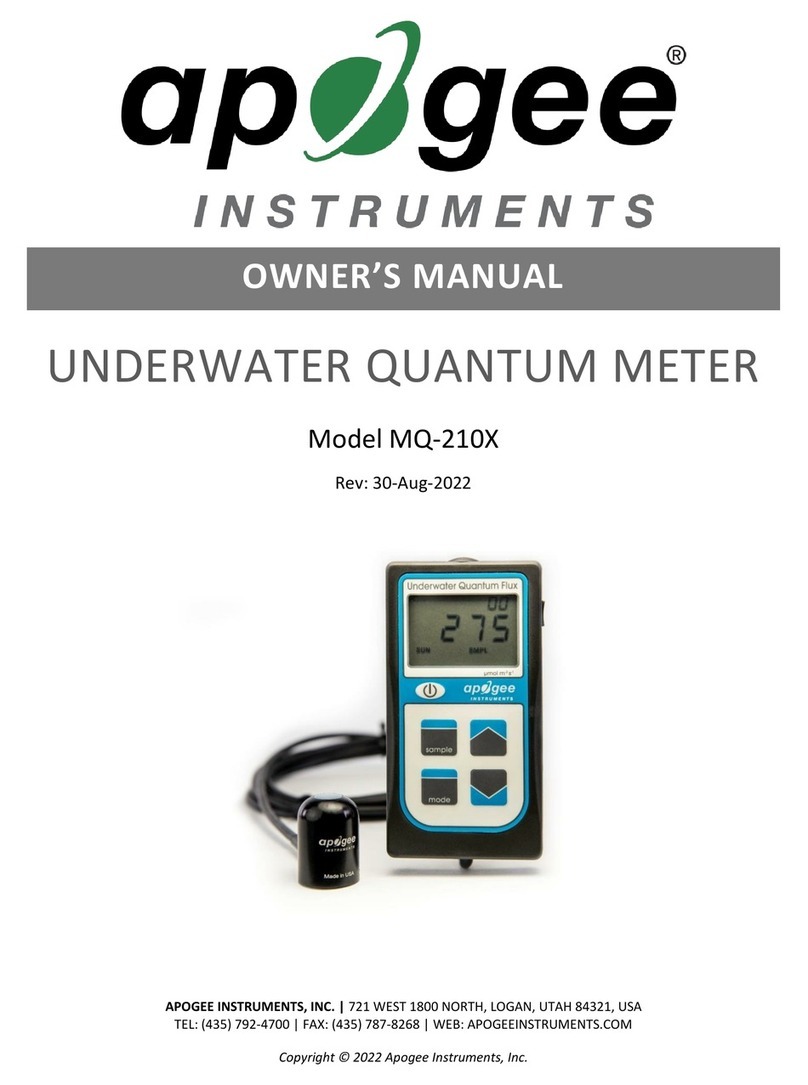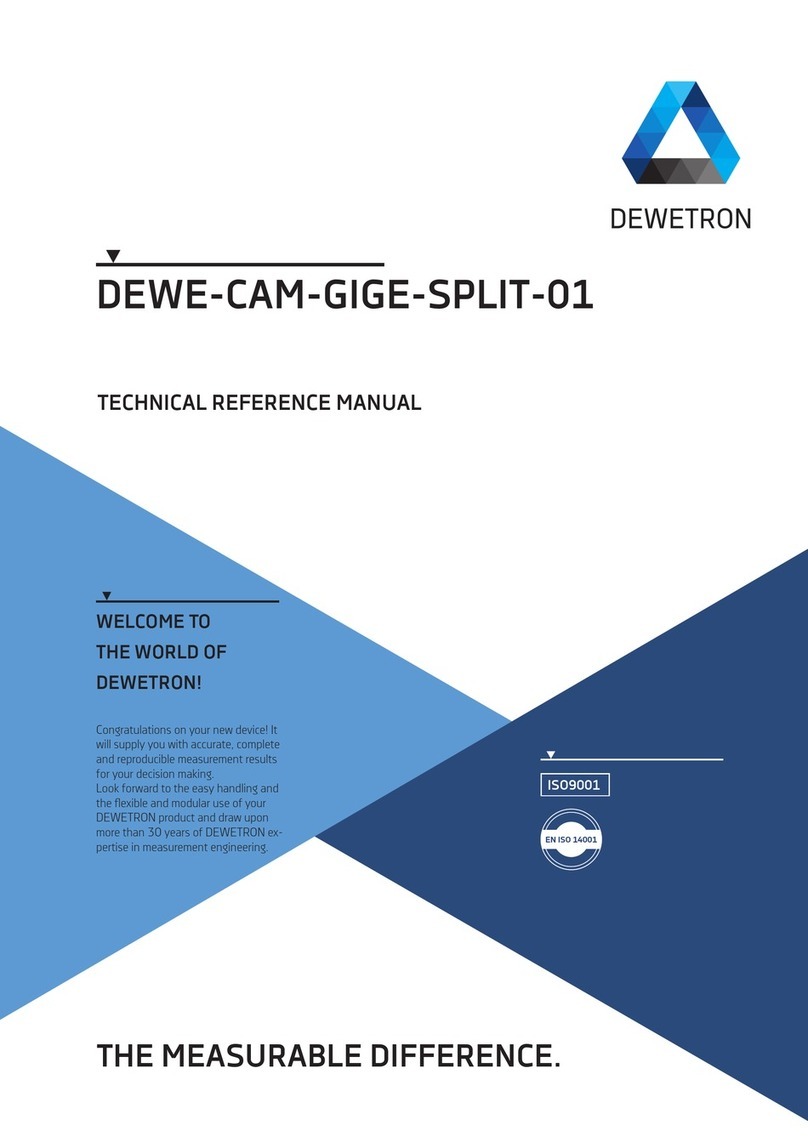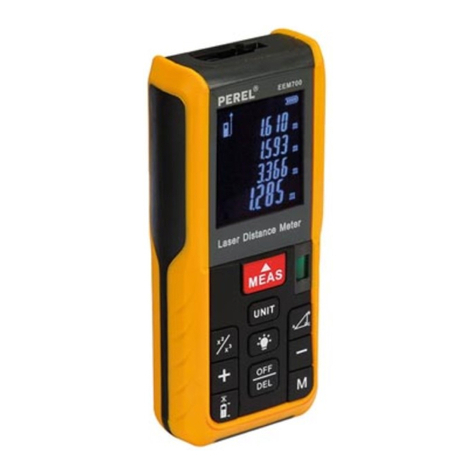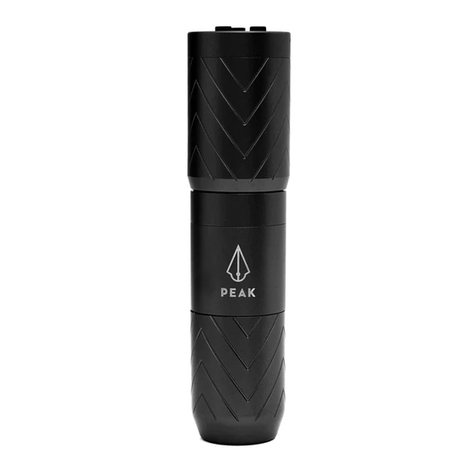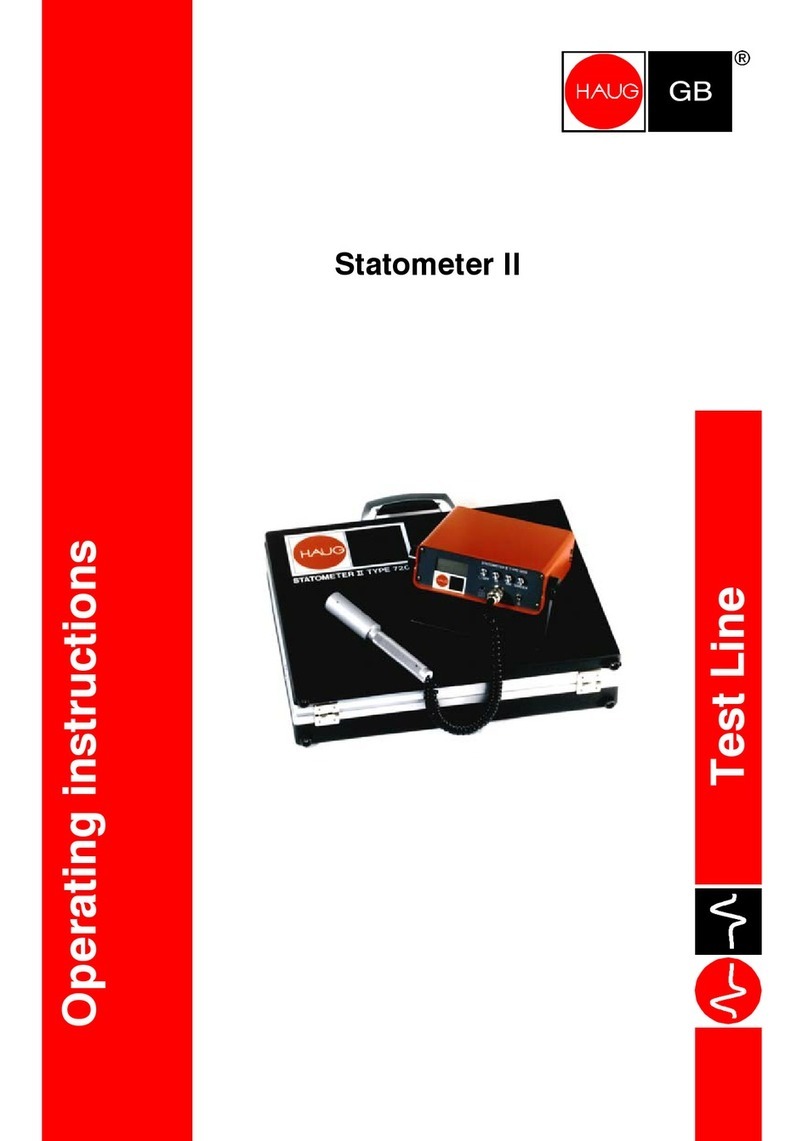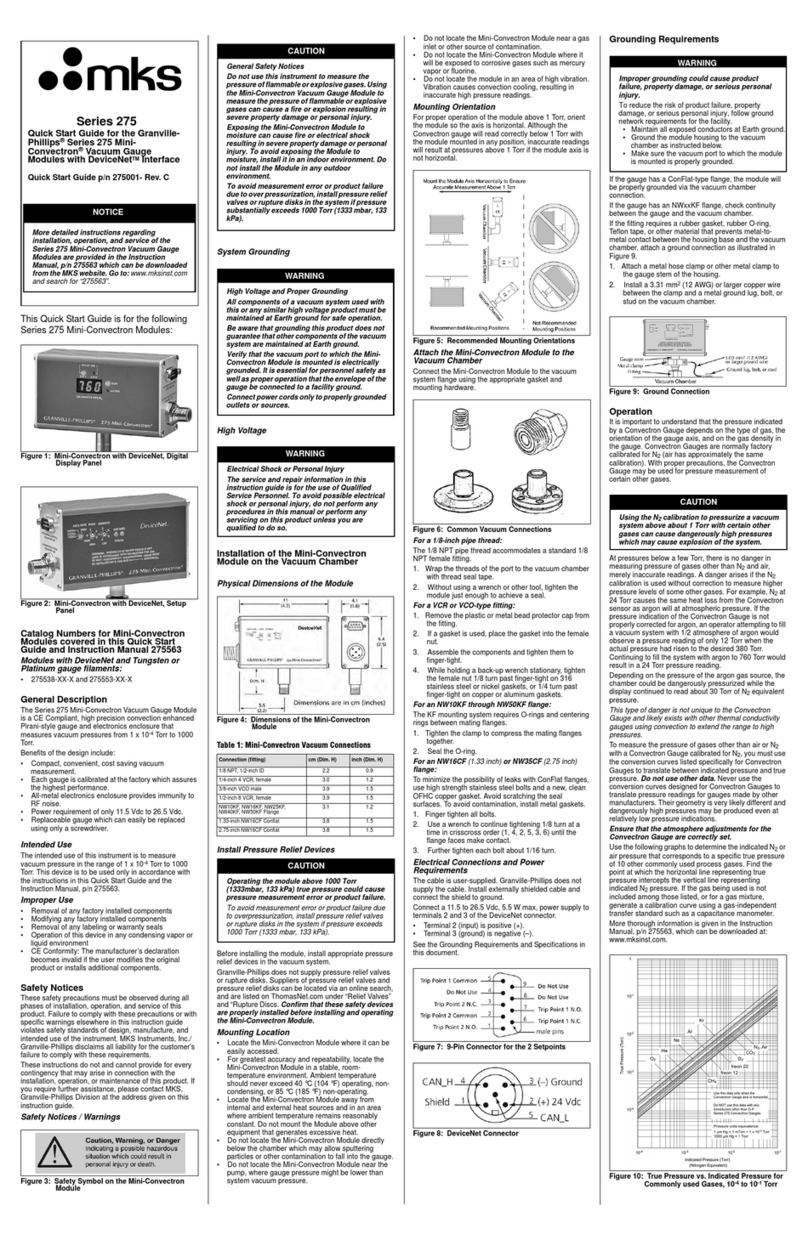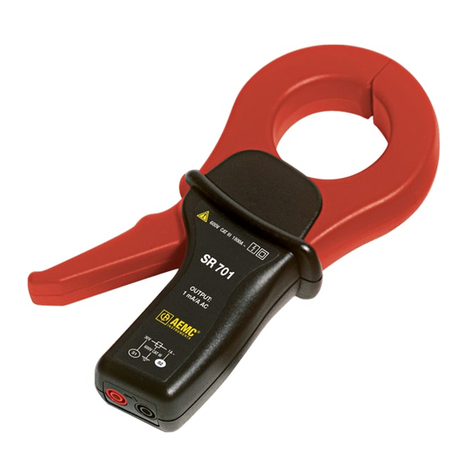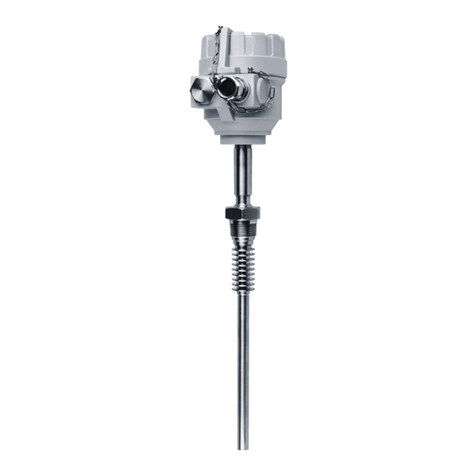Mode of Operation
Page
6
Chapter
02
Vögtlin Manual
red-y compact series
A bit of theory
Measuring principle
The measuring principle of thermal flow measurement is perfectly suited for the measurement of
gas flows. One of the significant advantages is that the measurement is largely independent of
pressure and temperature. By contrast to volumetric principles, pressure and temperature do not
have to be additionally measured. Although the principle yields mass as a measurement result (e.g.
g/min), most devices are calibrated to standard volumes (e.g. ln/min). One possible explanation is
the fact that the comparability of the measurement results with other principles is given with this.
Since the thermal flow measurement depends on the type of gas, in addition to the specific heat ,
the standard density (0°C, 1,01325 bar a) for the conversion to standard volume is also used.
With all design options of the measuring principle, there is always a heater and one or more
temperature-measurement points and the gasflow draws heat from the heater.
With the
red-y
mass flow meter, a constant heating power ensures a temperature difference that is
directly proportional to the gas flow rate. In the flume, a temperature measurement is followed by a
heater, and then a temperature measurement again. The figure below illustrates this process. If the
flow rate=0, the heater H uniformly distributes the heat, for which the temperature difference T1-T2
equals zero. Two effects occur with the flow rate that lead to a temperature difference: First, the
temperature sensor T1 at the entrance detects a lower temperature. This happens because of the
cooling of the entering gas, which theoretically drops to the ambient temperature respective of gas.
Secondly, the gas flowing over the heater carries heat to the temperature sensor T2, located after
the heater, and thus increases this temperature. The temperature difference is in direct proportion to
the mass flow.
Figure 2: Schematic illustration of how thermal mass measurement functions
CMOS Technology
Red-y
measurement and regulation units feature a new basic technology that sets standards for
maximum precision sensor systems. The fusion of a semi-conductor chip with sensor technology
results in a highly integrated system solution that is impressive for its excellent sensor precision, as
well as digital intelligence and reliability.
The most notable advantages to the customer are the outstanding precision of the sensor, the rapid
response time and a dynamic measuring range that no system has attained up until now.
Thanks to the compact single chip design, CMOSensTM
-based sensors are extremely resistant to
electromagnetic interference (EMI), a significant technical advantage of this ultra modern sensor
technology.
With CMOSensTM
, the sensor element, amplifier and A/D converter form a unit on the same silicon
chip.
© Vögtlin Instruments AG
02




















